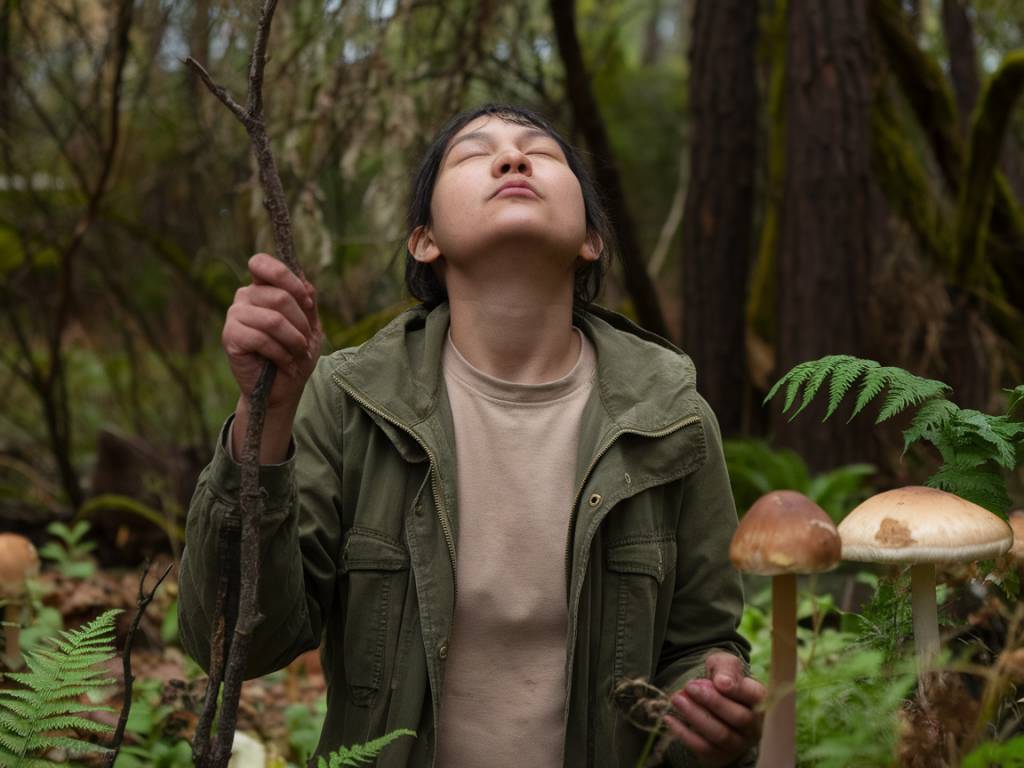Wild foraging is rapidly gaining popularity among outdoor enthusiasts and nature lovers. The adventure of identifying edible plants in the wilderness can be both thrilling and rewarding. However, it requires knowledge, patience, and caution. In this article, I’ll guide you through the essentials of wild foraging, focusing on how to safely identify and harvest edible plants during your wilderness explorations.
Understanding the Basics of Wild Foraging
Before diving into the world of wild foraging, it’s important to understand the fundamental principles that will help ensure a successful and safe experience:
- Always be 100% certain of the plant’s identity before consuming it.
- Respect nature by not over-harvesting and ensuring sustainability.
- Be aware of the local laws and regulations regarding foraging in your area.
- Understand the environment and ecosystems to harvest responsibly.
- Learn about the potential risks, such as poisonous look-alikes.
Essential Tools for Wild Foraging
While foraging doesn’t require a heavy investment in gear, a few essential tools can enhance your experience:
- Field Guide: A reliable field guide with detailed descriptions and images is indispensable for identifying plants.
- Foraging Basket: Use a basket or a breathable bag to keep your finds fresh and allow for air circulation.
- Knife or Scissors: A sharp knife or pair of scissors can help you harvest plants without causing unnecessary damage.
- Notebook: Keep a notebook for jotting down observations and plant descriptions for later study.
- Gloves: Some plants have thorns or irritants; gloves can provide protection.
Common Edible Plants to Forage
Here are a few common edible plants that you can begin with during your foraging adventures. These plants are typically easy to identify and are found in many regions:
Dandelions (Taraxacum officinale)
Dandelions are ubiquitous and can be found in many environments. They offer several edible parts, including leaves, flowers, and roots. Young leaves can be added to salads, flowers can be used to make tea or wine, and roots can be roasted to make a coffee substitute.
Wild Garlic (Allium ursinum)
Wild garlic, also known as ramsons, is easily identified by its strong garlic smell. The leaves are commonly used in salads, soups, and pesto. However, be cautious of look-alikes like lily of the valley, which is toxic.
Stinging Nettles (Urtica dioica)
Despite their sting, nettles are a nutritious wild green. When boiled or steamed, they lose their stinging properties and can be used in soups, teas, and even as a spinach substitute.
Chickweed (Stellaria media)
Chickweed is a mild-tasting plant that can be eaten raw or cooked. It’s often found in gardens and shady areas and can be added to salads, sandwiches, and soups.
Techniques for Identifying Edible Plants
Identifying edible plants is a skill that improves with practice and patience. Here are some techniques to help you get started:
- Use Field Guides: Carry a comprehensive field guide specific to your region. This will help you cross-reference and confirm plant identities.
- Learn from Experts: Join local foraging groups or workshops where experienced foragers can share their knowledge and skills.
- Observe the Habitat: Plants often grow in specific environments. Knowing the preferred habitats of plants can help in their identification.
- Check for Key Features: Pay attention to key identifying features such as leaf shape, flower structure, and growth patterns.
- Smell and Taste Test: Use smell as an initial test but always consult a guide before tasting. If you’re sure, a small taste can further confirm the plant’s identity.
Safety Precautions
Wild foraging comes with risks, but following these safety precautions can mitigate them:
- Avoid Polluted Areas: Refrain from harvesting plants near industrial areas, roadsides, or places with heavy pesticide use.
- Spot Look-Alikes: Be aware of poisonous look-alikes. Always double-check to ensure you have the correct plant.
- Allergic Reactions: Be mindful of potential allergic reactions. Test new plants in small quantities first.
- Prepare Wild Plants Properly: Some wild plants require specific preparation methods to be safe and palatable.
- Inform Someone: Always inform someone of your foraging plans and location, especially if going alone.
Sustainable Foraging Practices
Sustainability is crucial in wild foraging to ensure that natural plant populations remain healthy for future generations:
- Harvest Responsibly: Take only what you need and leave enough for the plants to regenerate.
- Leave No Trace: Follow the leave-no-trace principles by not disturbing the natural environment.
- Avoid Rare Plants: Refrain from harvesting plants that are rare or endangered to help preserve biodiversity.
- Rotate Harvest Areas: Do not over-harvest a single area. Rotating harvest locations promotes plant recovery.
Educating Yourself Further
Foraging is a continuous learning journey. The more you know, the safer and more rewarding your foraging experience will be:
- Join Foraging Communities: Online forums, social media groups, and local clubs can provide support and information.
- Take Courses: Enroll in foraging courses and workshops for hands-on learning experiences.
- Read Books and Articles: Invest in well-reviewed foraging books and read articles from reputable sources.
- Practice Regularly: Practice your foraging skills regularly to become proficient and confident.
Wild foraging offers a unique and intimate way to connect with nature. By learning to identify and safely harvest edible plants, we gain a deeper appreciation for the natural world around us. Remember, the key to successful foraging is continuous learning and responsible practices. Happy foraging!

